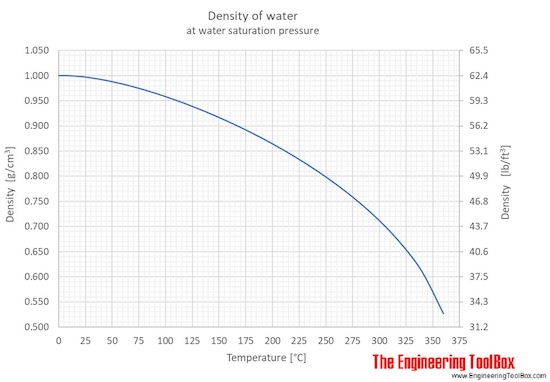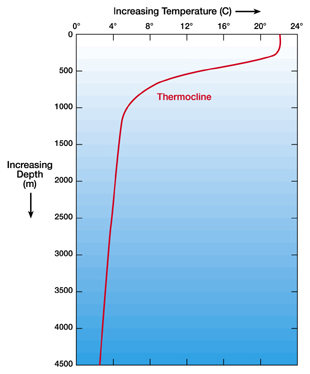So between Greenland and Antarctica, in the last 10 years, they were contributing about 1.5mm of sea level rise per year.
NASA says we are averaging 3.3mm per year: https://climate.nasa.gov/vital-signs/sea-level/
I wonder what contributes to the other 1.8mm.
Interestingly, you don't see a significant slope change around 2002-3 where this Greenland tipping point was found in the satellite data, but the ground data does look like there is an inflection around 2000.
Thermal expansion! https://www.livescience.com/8621-warming-deep-southern-ocean-linked-sea-level-rise.htmlI wonder what contributes to the other 1.8mm.
Sea level has been rising at around one-eighth of an inch (3 millimeters) per year on average since 1993, with about half of that caused by the ocean expanding as it's heated, and the other half due to additional water added to the ocean, mostly from melting continental ice.
Thanks! Jesus Mary. Thanks to the high specific heat of water. The thermal expansion coefficient of water increases with temperature, so the warmer the water, the more it expands. Luckily, 90% of the ocean is below the thermocline, which is 0-3 degrees Celsius, where the slope is least. Still, it looks like the sea level rise due to warming will only increase with time. We are currently adding 1cm every 3 years. I'm willing to bet that we can get that up to 1cm per year by 2030.This amount of energy would be the equivalent of giving every person on Earth five 1,400-Watt hair dryers, and running them constantly during the 20-year study period, said study team member and oceanographer Gregory Johnson of the National Oceanic and Atmospheric Administration (NOAA).


The Atlantic posted a similar article recently. Full disclosure mk, I only skimmed that one and I haven't read your article yet. I promise to do it tonight. That said, you said . . . I'm no scientist or expert, but there is A LOT of water out there. We have ice and snow capped mountains, for example, that are quickly losing said ice and snow and replacing it with less each year, both in various balances of quantity and duration. This leads to problems like droughts and such, because rivers, lakes, and resevoirs depend on snow melt to replenish themselves. As far as quaintity is also concerned, the ice in the ocean in the arctic circle has been receding and thinning for quite some time. That's why countries such as the U.S. and Canada and Russia are looking at the area for new navigational and resource opportunities. What was once unpassable water is now passable. I'm sure there are other things I'm not thinking of but those big two easily come to mind. Like I said, I don't know what both articles do and don't cover, but hopefully they discuss the impact that this ice loss has in concerns of the Albedo Effect. Our ice cover does a great job of deflecting a lot of the Sun's energy. Without it, the oceans and land masses that used to be covered in ice but are no longer, or are covered for a shorter amount of time, are now absorbing more heat than they used to. In terms of compounding an already dire problem, that increase in absorbed heat is probably a big factor.I wonder what contributes to the other 1.8mm.